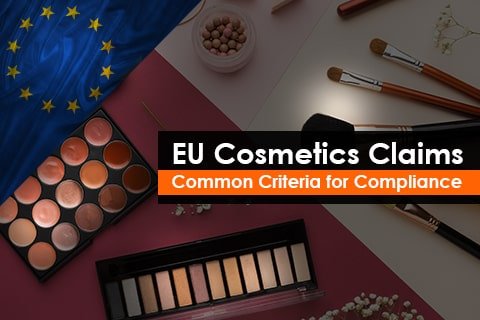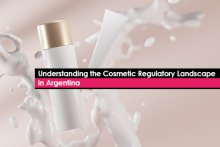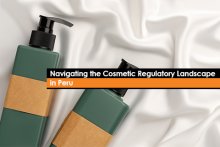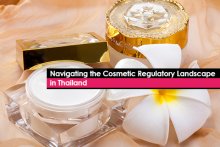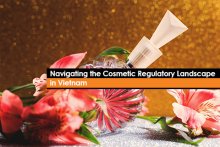Cosmetic claims are an integral part of any cosmetic label. They are a great marketing tool to help consumers make an informed choice amidst a range of similar products. To ensure that the users are well informed about the cosmetic products, the European Commission (EC) regulates cosmetic claims under Article 20 of the European Cosmetics Regulation No.1223/2009. The purpose of the regulation is to protect consumers from the misleading claims concerning the safety and efficacy of cosmetic products. Before diving into the details of cosmetic claim regulations, let’s take a brief look at the basics of cosmetic claims.
What Is a Cosmetic Claim?
A cosmetic claim intends to explain the effects of the product, help the buyer decide upon choosing a product, or make the product more desirable than the competition. Typically, cosmetic claims are used to advertise the final product and can appear on the tag, ads, newspapers, websites, etc.
Cosmetics Claims - Common Criteria to Comply
According to the European Commission Regulation (EU) No 655/2013, claims on cosmetic products should follow the following common criteria:
- Legal Compliance – Any cosmetic product must not claim any particular benefit when it is mere compliance with minimum legal requirements. For example, cosmetics cannot claim “Not Tested on Animals”, as animal testing is legally banned.
- Truthfulness – If a claim specifies the presence of a particular ingredient, then it must be deliberately present in the product.
- Evidential support – Claims must be supported by adequate and verifiable evidence.
- Honesty – Claims must not exceed the actual performance of the product.
- Fairness – Claims must be objective and should not deprecate the image of competitors.
- Informed decision-making – Claims should be clear and understandable to the end-users.
While cosmetic product regulations vary from region to region, the EU’s regulations are considered to be the most stringent, especially for claims. The purpose of these regulations is to ensure that the information conveyed to the consumers is useful, understandable, and reliable. The information is widely distributed over four annexes released by the EU Commission and the EU Member States; two of them were introduced recently. With the dynamic development of regulations, the need of the hours is to decode and align with them as soon as possible for compliant market-entry.

